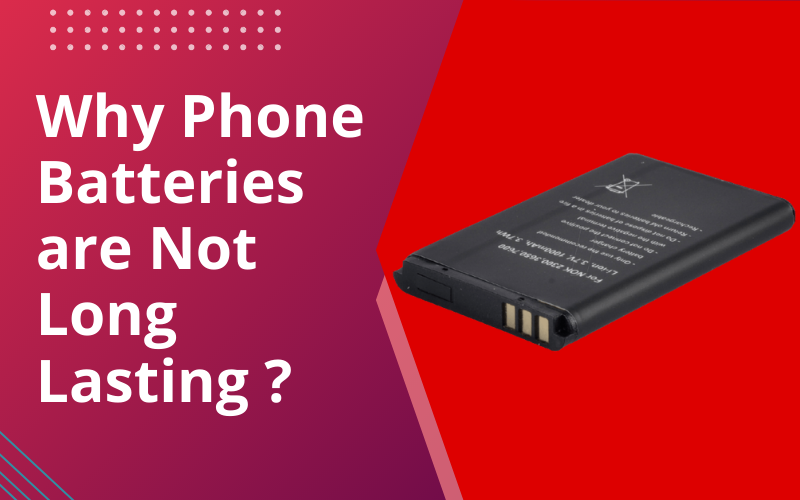A battery stores chemical energy and converts it to electrical energy. Since the batteries were invented, all kinds of combinations of electrodes plus electrolytes have been used. Technology has shown significant growth in all sorts of subjects like computing, communication, transportation, etc. But the one thing that has not gone through almost any change is Battery Tech. The difficulty with batteries is that they need to be recharged and, their capacity declines with every recharge. Our smartphones and most appliances use lithium-ion based batteries because they charge faster, last longer, and have a higher power density for more battery life in a smaller package. But we are using the same lithium-ion batteries for the last 40 years with no major upgrades. You’ve probably noticed a decrease in the battery life of your phone over time. As batteries age, it’s not just in your head that they gradually lose their ability to hold a charge. And sometimes, other situations cause your battery to struggle, such as a controversy in 2017 in which Apple apologized for slowing down iPhones with older batteries intentionally to prevent sudden shutdowns.

Lithium ions are not the best but, they have a perfect balance of power density and life span in a compact size. Right now, all we can do is wait for some new technology to arrive. Battery life remains the most important selling point for a device, whether a phone has a 144Hz refresh rate or the latest Snapdragon under the hood.
Issues with Phone Batteries:
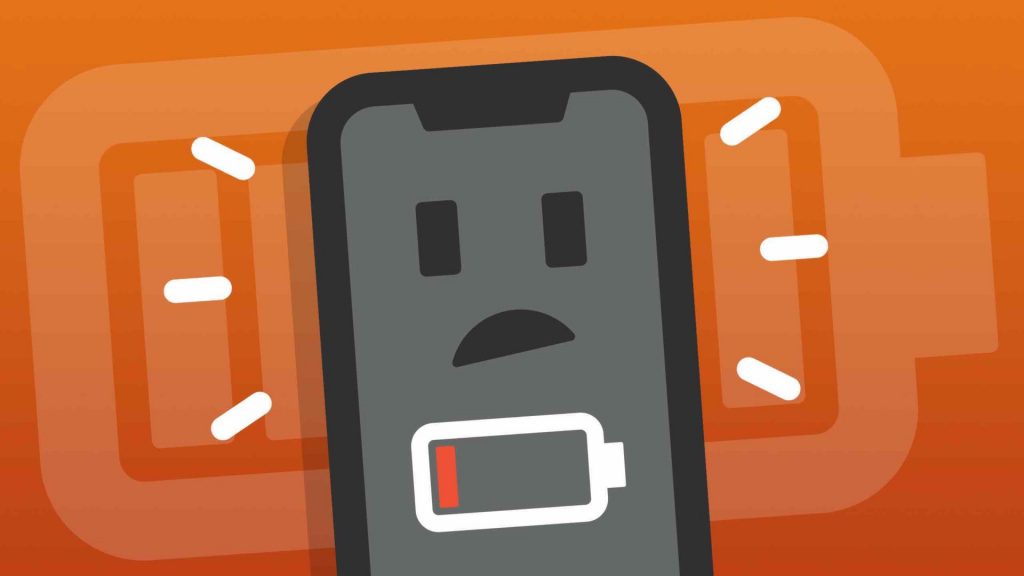
Expensive – The production cost of Lithium ion batteries that are used in smartphones are very expensive. The overall production cost of these batteries is around 40% higher than other batteries.
Aging – Lithium ion batteries usually degrades as they suffer from aging. Normally, Lithium-ion batteries can hardly withstand 500 – 1000 charge and discharge periods before their capability falls about 50%.
Deep Discharge – When the voltage of a Lithium ion cell drops below a certain level, it becomes unusable. However, Lithium ion batteries have low self discharge. The overall integrity of the battery endures even if it is partially discharged.
Battery Technology Isn’t Improving Much:
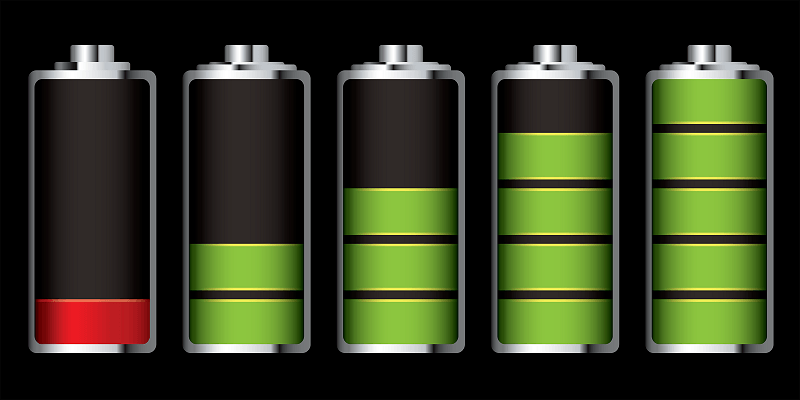
We’re all used to drastically improving technology. CPUs, memory, displays and other components get better, faster and cheaper to produce every year. For your money, they offer more computing power, capacity, and pixels. The law of Moore has held, and technology is exponentially improving. Battery technology is not entirely stuck, and battery technology is definitely improving, but small quantities are improving. With other types of technology, we don’t see the exponential increase we see. While other components of modern portable electronics have been rapidly improving, batteries have lagged behind. Other components are shrinking, but a significant part of a phone internals is still taken up by batteries. Today’s smartphones have faster CPUs, cheaper storage, more RAM, and displays of greater quality than ever. The difference between today’s smartphone and the one that was released a few years ago is enormous. Different individuals are working on new technologies for batteries, but it is unclear when they will make it to the market. Even the most optimistic predictions leave us for the next few years with only small improvements.
Evolution of Lithium-ion Batteries:
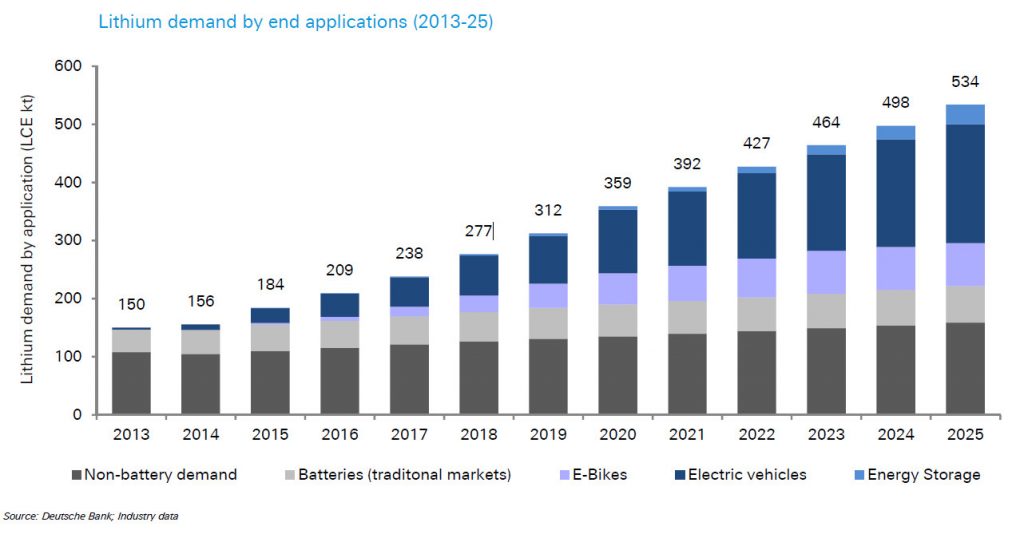
In 1799, Italian scientist Alessandro Volta created the first battery that could produce a continuous electrical current in a circuit. In the year 1991, Sony and Asahi Kasei launched the first commercial lithium ion battery, and in the year 2019 John Goodenough, Stanley Whittingham, and Akira Yoshino were given the Nobel prize for the development of lithium-ion batteries. Lithium ion batteries are the creation of modern era technology yet it is used in almost all portable devices. Overnight transformations in technology are rare. Changes occur steadily, and the same goes with lithium batteries, which are now around ten times their potential to when they first made for smartphones. Graphene batteries are the nearest solution to lithium ion as they can store more energy, charge quicker and hold charge way longer than their lithium counterparts.
How to extend the Lifespan of your Phone Battery?
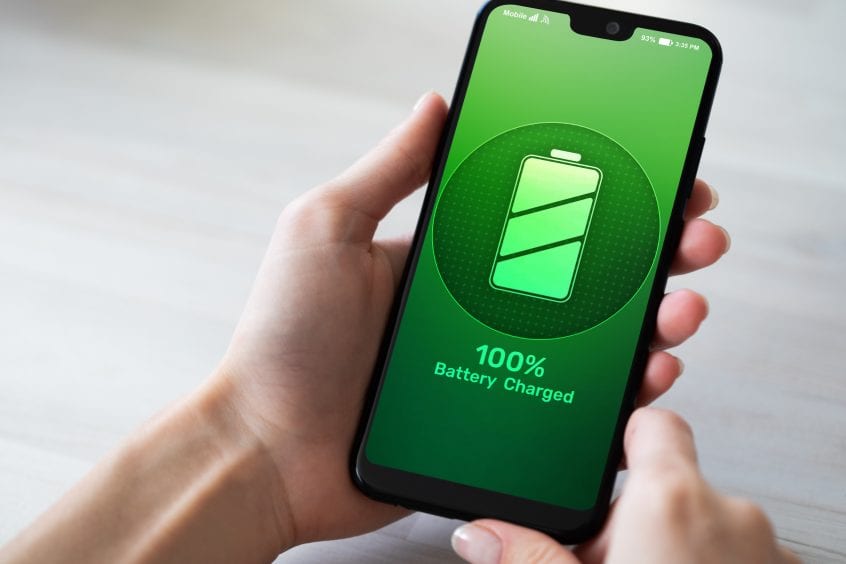
You can get your phone battery to last longer in a few ways, drawing out the time between the dreaded 15 percent mark and when your battery goes completely dead. Here are some tips you can use to make the battery of your phone last longer, irrespective of whether you are using an iPhone, Android, or anything else. Phone manufacturers such as Apple and Samsung provide their devices with updates all the time. When it feels like you’re constantly updating your phone, it can be annoying, but those updates are there for a good reason: having the latest, most effective software can help make sure that your phone gives you the most possible battery life.
Power evolution awaits and till then here are few ways you can extend the lifespan of your smartphone’s battery:
- Only use fast charging when you’re in a hurry, it decreases your battery life faster than a normal charger.
- Don’t charge your phone overnight, it takes only a few hours for your battery to be charged and the overcharge period will harm your battery in long run.
- Use WiFi when available, it uses less power than a regular cellular connection.
- If your device has OLED or AMOLED display, use dark mode. It turns off the pixels that are displaying black color.
- Voice controlled personal assistants are another reason for extensive battery drainage, turn them off if you don’t use them frequently.
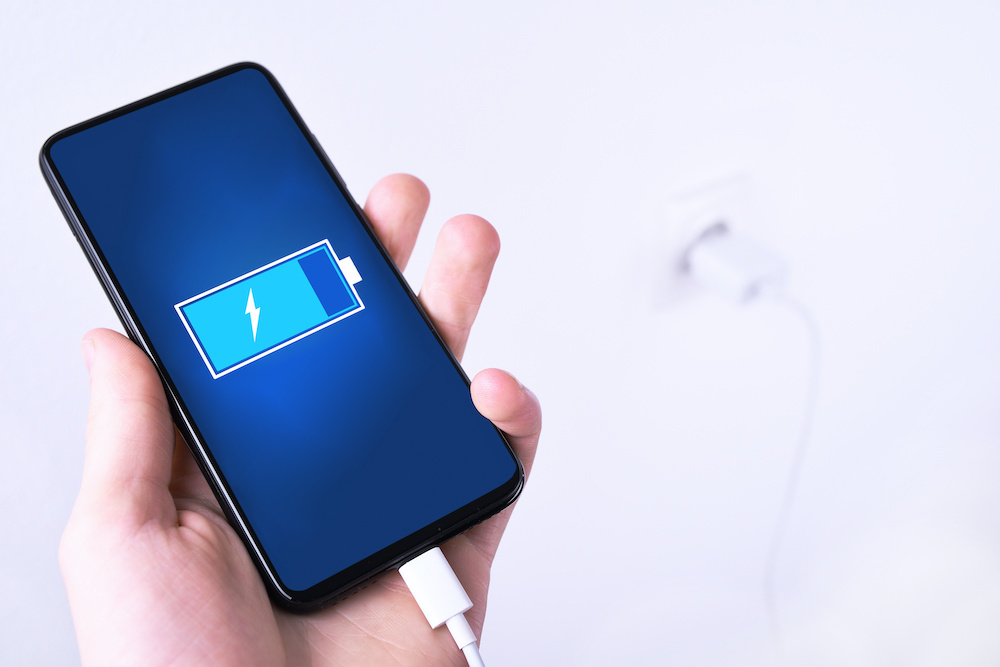
Conclusion:
Modern smartphones are getting lighter and thinner. Instead of capitalizing on improvements by providing more battery life at the same form factor, manufacturers of smartphones choose to make the batteries even thinner so that their smartphones can shrink in size. Battery technology has improved somewhat, and components of smartphones are becoming more energy efficient, requiring less electricity to produce the same amount of output performance. Why have we not seen noticeable improvements, then? Also, larger batteries are more costly, so shrinking them helps to keep costs down.
